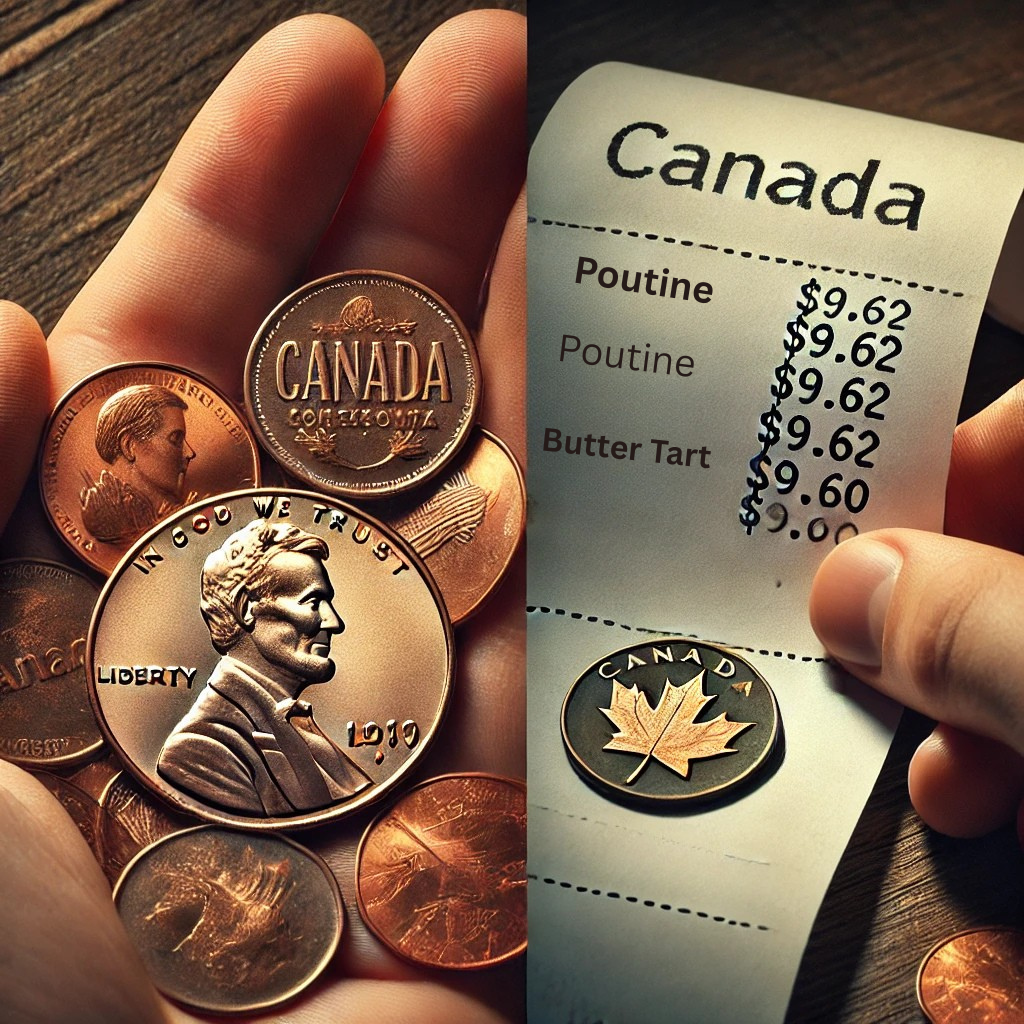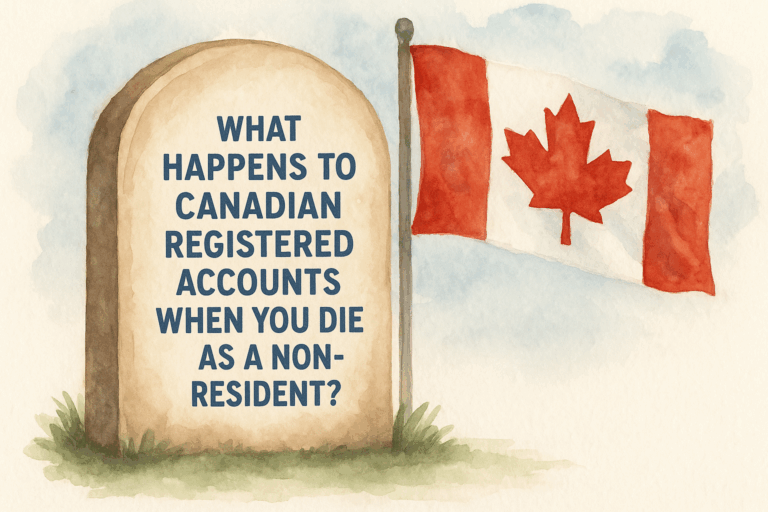 alt="" class="wp-image-2211"/>
alt="" class="wp-image-2211"/>The penny, once a ubiquitous element of daily transactions, has increasingly become a subject of economic scrutiny in North America. Both the United States and Canada have grappled with the practicality of maintaining their one-cent coins, leading to significant changes in their production and circulation.
The Rising Cost of the U.S. Penny
In recent years, the cost to produce a U.S. penny has significantly exceeded its face value. As of 2024, it costs approximately 3.69 cents to mint a single penny, leading to substantial financial losses for the U.S. Mint. This discrepancy has sparked debates about the necessity of the penny in modern commerce. In February 2025, President Trump directed the U.S. Treasury to cease the production of pennies, labeling the practice as wasteful government spending. theguardian.com+4wsj.com+4reuters.com+4
Canada’s Decision to Phase Out the Penny
Canada faced similar challenges with its one-cent coin. In 2012, the cost to produce a Canadian penny was 1.6 cents, prompting the government to announce its phase-out in that year’s budget. The final penny was minted on May 4, 2012, and distribution ceased on February 4, 2013. This move was aimed at reducing costs and reflecting the coin’s diminished utility in everyday transactions.en.wikipedia.org+2en.wikipedia.org+2en.wikipedia.org+2en.wikipedia.org+1en.wikipedia.org+1
During our time living in Toronto, we were initially surprised by the absence of pennies, a contrast to our experiences in the United States. In Canada, cash transactions were rounded to the nearest five cents—a practice that quickly became a seamless part of daily life. For example, totals ending in 1 or 2 cents were rounded down to the nearest ten, while those ending in 3 or 4 cents were rounded up to five. This adaptation highlighted the practicality of eliminating the penny and simplifying cash transactions.en.wikipedia.org+2en.wikipedia.org+2en.wikipedia.org+2marketwatch.com
The Future of the Penny: Collector’s Item or Obsolete Currency?
As the United States contemplates following Canada’s lead, questions arise about the future value of existing pennies. Could they become sought-after collectibles, or will they merely serve as nostalgic reminders of a bygone era? Only time will tell whether these coins will hold value for resale or fade into obscurity.




